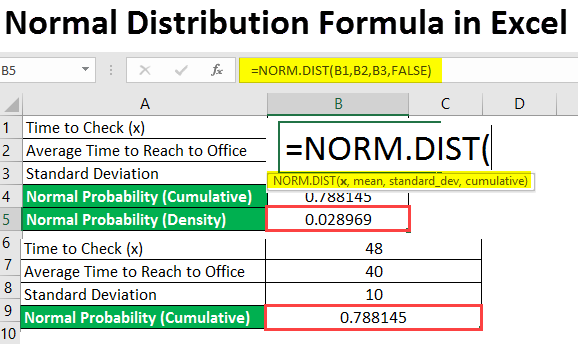

The cumulative distribution function (CDF) of 6 is the probability that the next roll will take a value less than or equal to 6 and is equal to 100% as all possible results will be less than 6. On the other hand, the cumulative distribution function (CDF) of 6 is 100%. The cumulative distribution function (CDF) of 2 is the probability that the next roll will take a value less than or equal to 2 and is equal to 33.33% as there are two possible ways to get a 2 or below. The cumulative distribution function (CDF) of 1 is the probability that the next roll will take a value less than or equal to 1 and is equal to 16.667% as there is only one possible way to get a 1. The cumulative distribution function (CDF) is the probability that a random variable, say X, will take a value less than or equal to x.įor example, if you roll a die, the probability of obtaining 1, 2, 3, 4, 5, or 6 is 16.667% (=1/6). The Cumulative Distribution Function (CDF) Frequently seen patterns include the normal distribution, uniform distribution, binomial distribution, etc. Statisticians have observed that frequently used data occur in familiar patterns and so have sort to understand and define them. This description can be verbal, pictorial, in the form of an equation, or mathematically using specific parameters appropriate for different types of distributions. Or wonder why the probability density function does not apply to continuous distributions but is relevant for discrete distributions.Ī distribution in statistics or probability is a description of the data. Many students struggle to differentiate between probability density function (PDF) vs cumulative distribution function (CDF) when working on statistical problem sets. We divide y by the sum of the array y multiplied by the dx to normalize the values so that the CDF values range from 0 to 1.Every MBA and CFA student will learn to work with distributions in their first statistics or quantitative analysis course. To calculate the y-values for CDF, we use the numpy.cumsum() method to calculate an array’s cumulative sum. It plots the PMF and CDF for the given continuous distribution. Plt.title("CDF for continuous distribution") Plot CDF for Continuous Distribution Using Matplotlib in Python import numpy as np To plot the CDF, we set cumulative=True and set density=True to get a histogram representing probability values that sum to 1.
#How to use normal cdf pdf
It plots the CDF and PDF of given data using the hist() method.

Plt.hist(data,bins=9, density=True, cumulative=True, label='CDF', histtype='step') We can also use histogram plots to view the CDF and PDF plots, which will be more intuitive for discrete data. We then use the pdf to calculate the CDF values to plot the CDF of given data. We convert the frequency values into pdf values by dividing each element of the pdf array by the sum of frequencies. Here, we are given the frequency values for each X value. If we are given frequency counts, we must normalize the y-values initially so that they represent the PDF. It plots the PMF and CDF for the given distribution. Plt.title("CDF for discrete distribution") Plot CDF for Discrete Distribution Using Matplotlib in Python import numpy as np In continuous probability distribution, the random variable can take any value from the specified range, but in the discrete probability distribution, we can only have a specified set of values. Plot CDF Using Matplotlib in PythonĬDF is defined for both continuous and discrete probability distributions.

CDF is the function whose y-values represent the probability that a random variable will take the values smaller than or equal to the corresponding x-value. This tutorial explains how we can generate a CDF plot using the Matplotlib in Python.


 0 kommentar(er)
0 kommentar(er)
